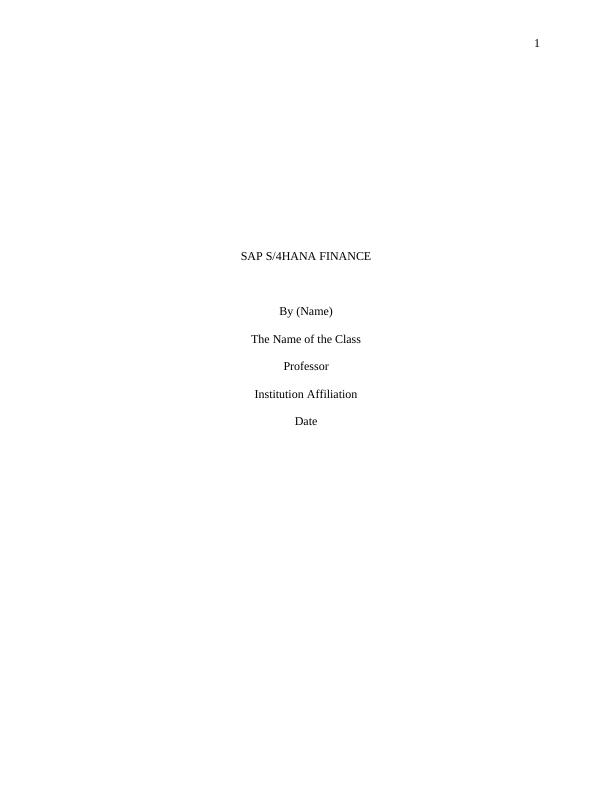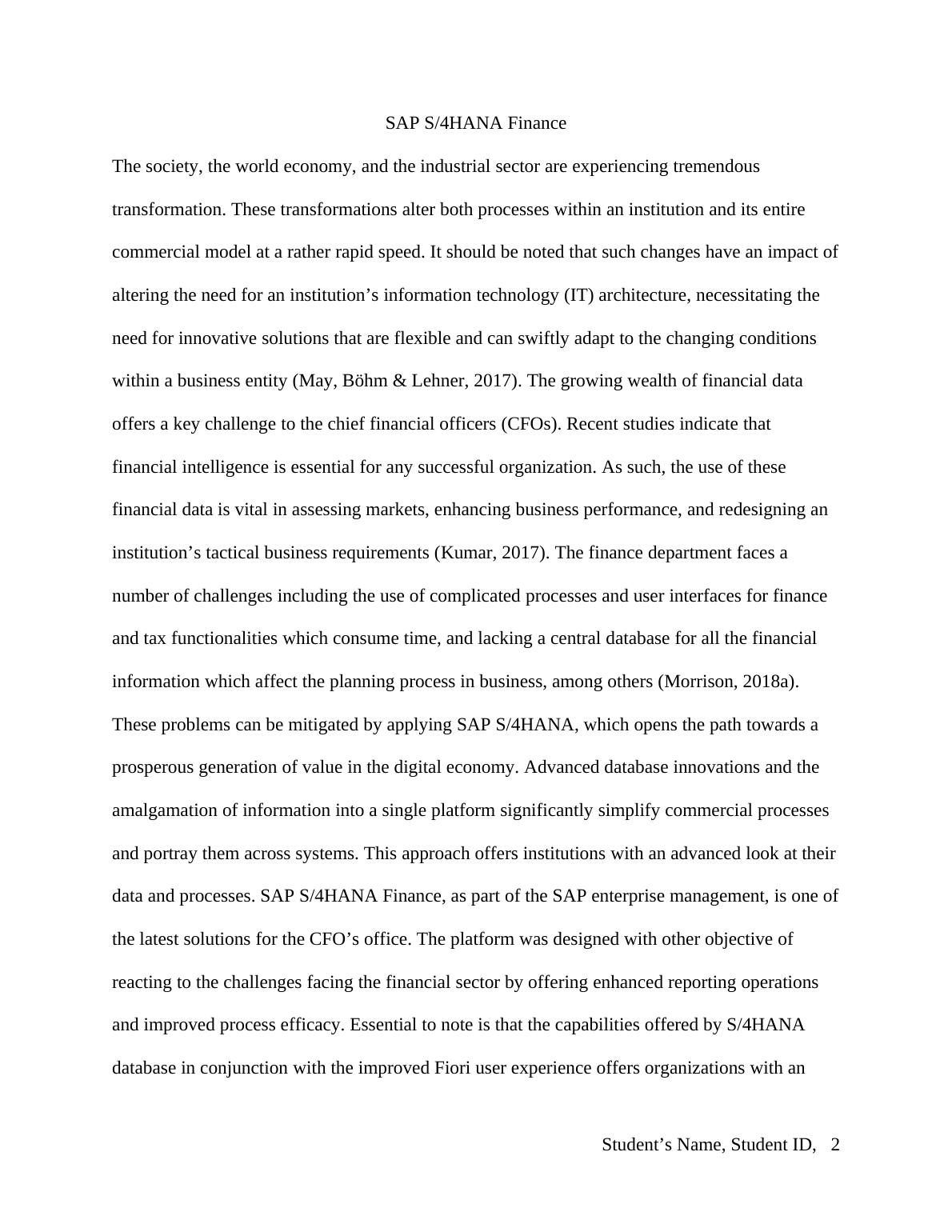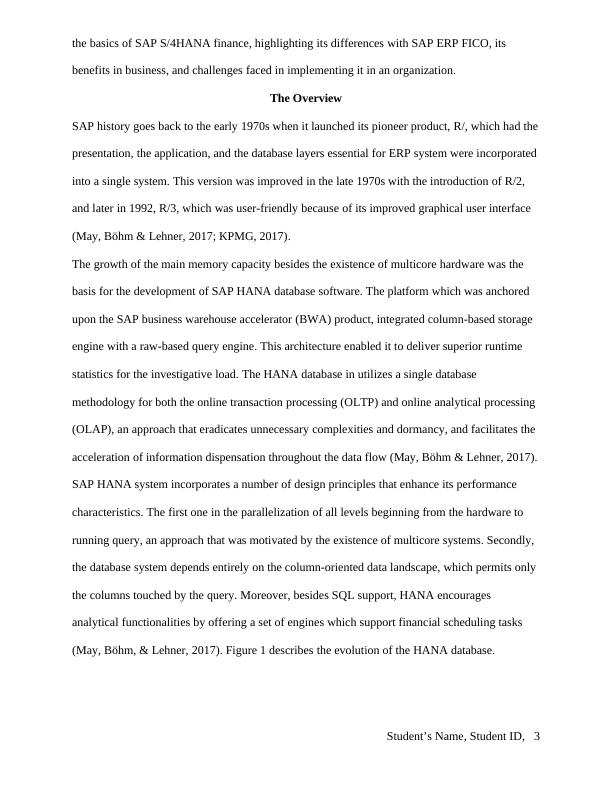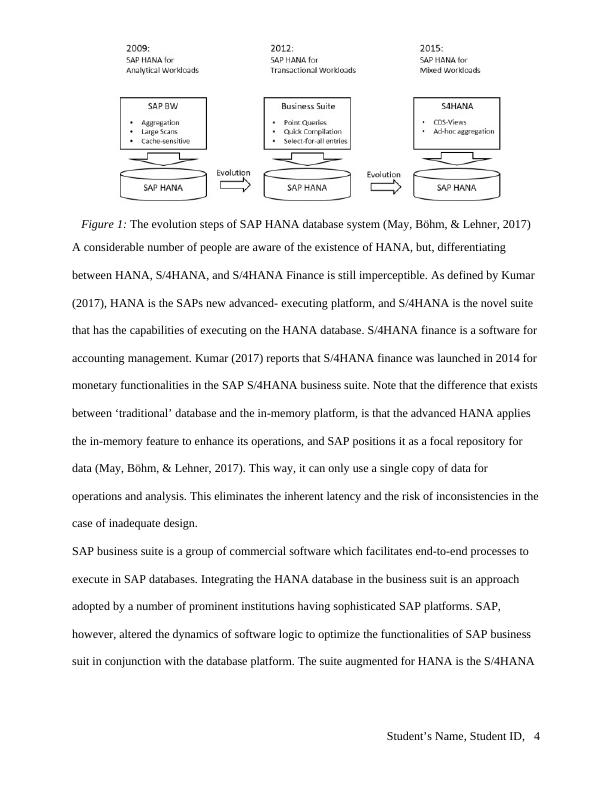Sap s/4Hana Finance Assignment 2022
Discuss the benefits of SAP S/4HANA Finance for businesses using case study examples and include a brief historical overview, the difference between SAP S/4HANA Finance and current SAP ERP FICO, and case studies of companies and the issues they faced migrating to SAP S/4HANA Finance.
17 Pages4620 Words53 Views
Added on 2022-10-11
Sap s/4Hana Finance Assignment 2022
Discuss the benefits of SAP S/4HANA Finance for businesses using case study examples and include a brief historical overview, the difference between SAP S/4HANA Finance and current SAP ERP FICO, and case studies of companies and the issues they faced migrating to SAP S/4HANA Finance.
Added on 2022-10-11
ShareRelated Documents
End of preview
Want to access all the pages? Upload your documents or become a member.
The SAP S/4HANA Finance Software: Overview, History, and Differences from SAP ERP FICO
|17
|5270
|106
Computerized Accounting in an ERP System
|15
|3881
|366
Computerized Accounting in ERP
|17
|3906
|97
SAP S/4HANA Finance: Revolutionizing the Business Industry
|13
|3863
|423
Computerized Accounting in an ERP (SAP S/4HANA)
|8
|1876
|138
Research Paper Assignment
|12
|3949
|472




